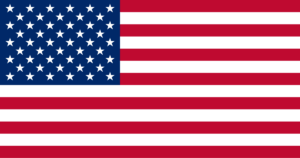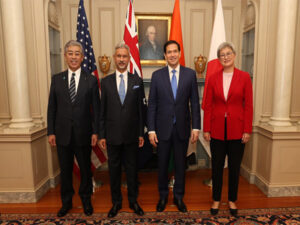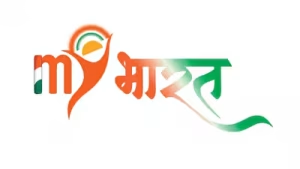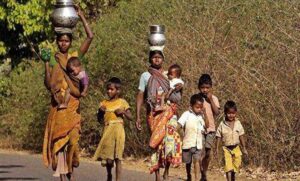Skip to content
Narrowing the Calorie Gap
U.S. Imperialism and Global Power Structures
Quantum Tech and India: Need for Global Partnerships
Rephasing Global Development Finance
Quad Critical Minerals Initiative
India’s Strategic Pivot with BRICS
Jellyfish Blooms in Kerala
India’s Zero-Dose Immunisation Gap
Prime Minister’s Awards for Excellence in Public Administration 2025
QUAD at Sea Ship Observer Mission
National Sports Policy (NSP) 2025: “Khelo Bharat Niti 2025”
Research, Development and Innovation (RDI) Scheme
Electoral Roll Management
Reimagining Poverty Metrics in India
Understanding Secularism Beyond the Preamble
India’s First Household Income Survey
| Sun | Mon | Tue | Wed | Thu | Fri | Sat |
|---|
| 1 | 2 | 3 | 4 | 5 | 6 |
| 7 | 8 | 9 | 10 | 11 | 12 | 13 |
| 14 | 15 | 16 | 17 | 18 | 19 | 20 |
| 21 | 22 | 23 | 24 | 25 | 26 | 27 |
| 28 | 29 | 30 | 31 |























